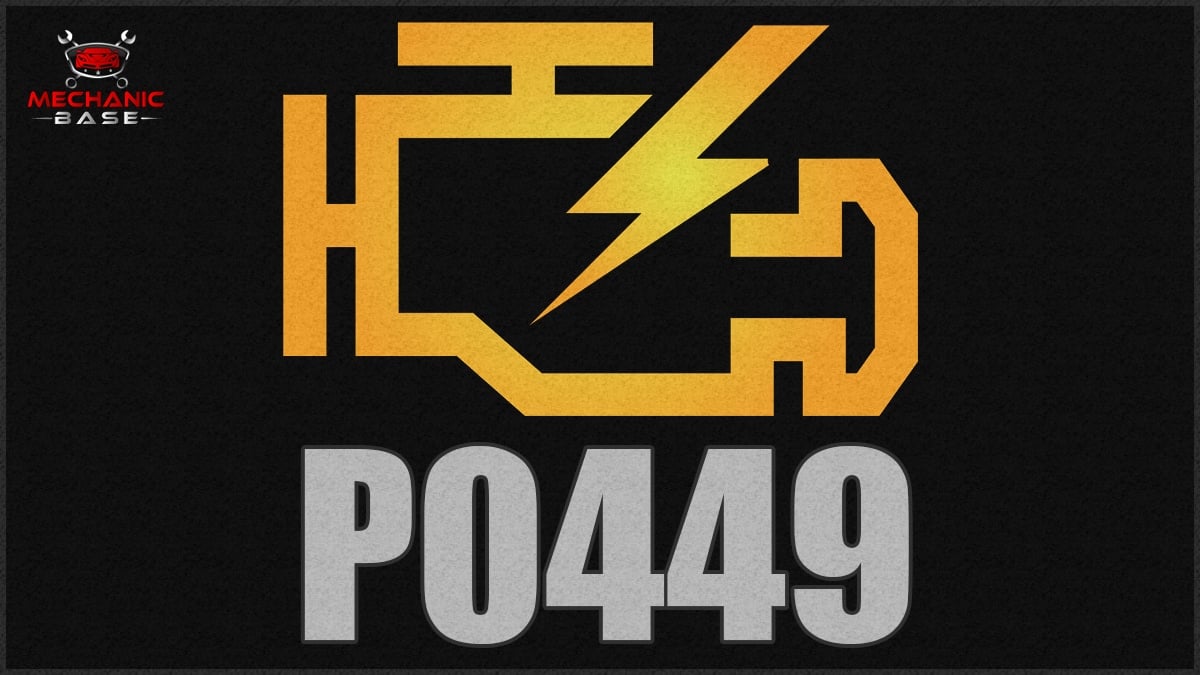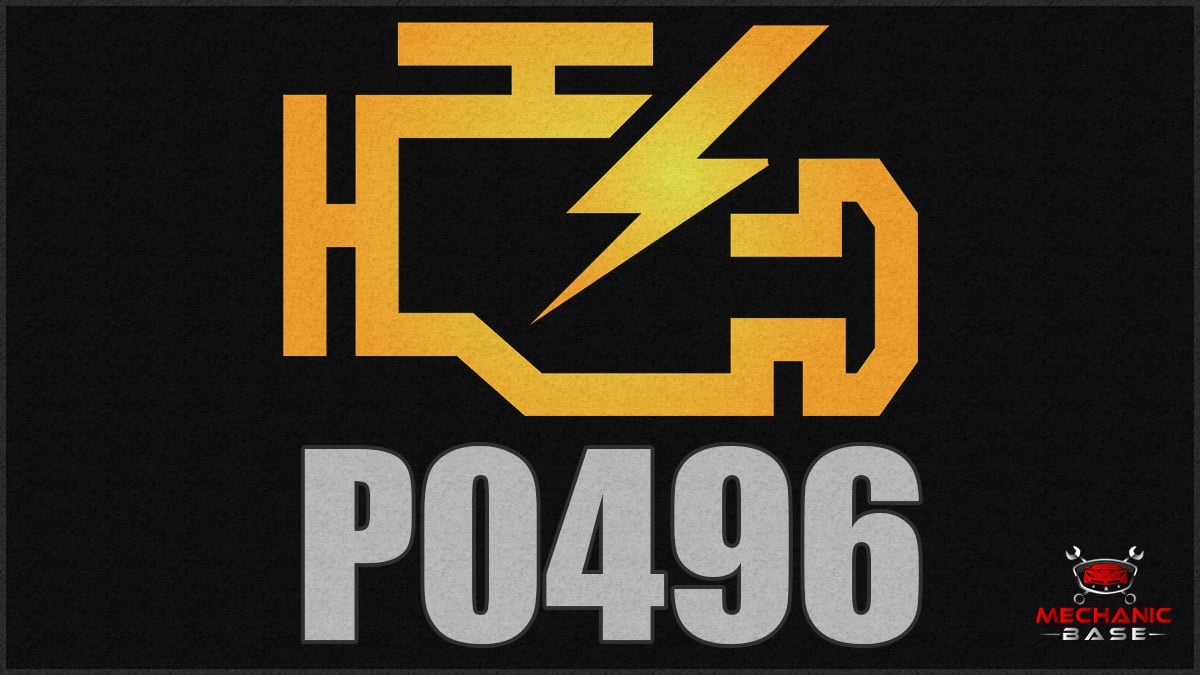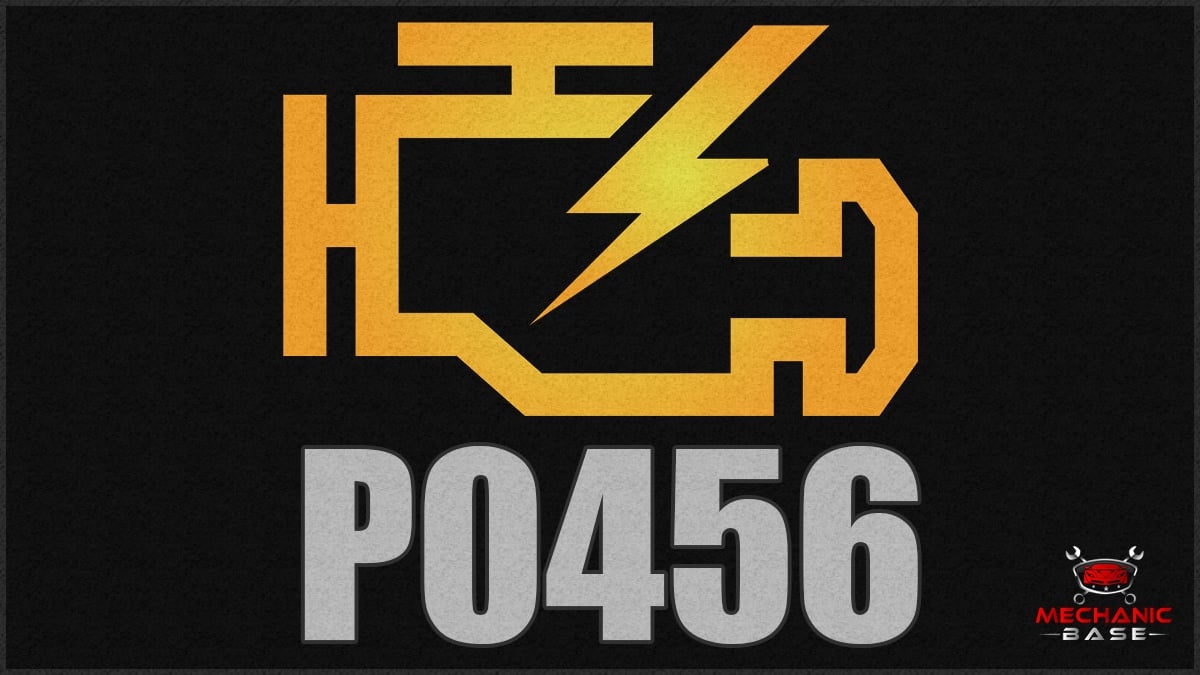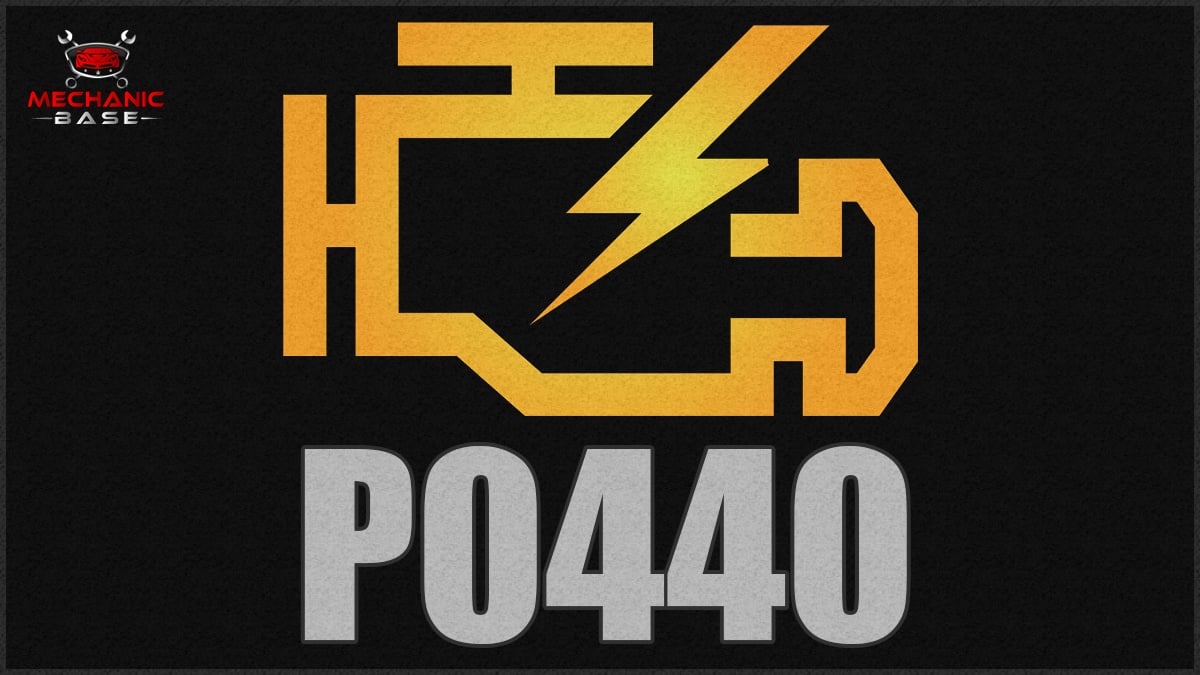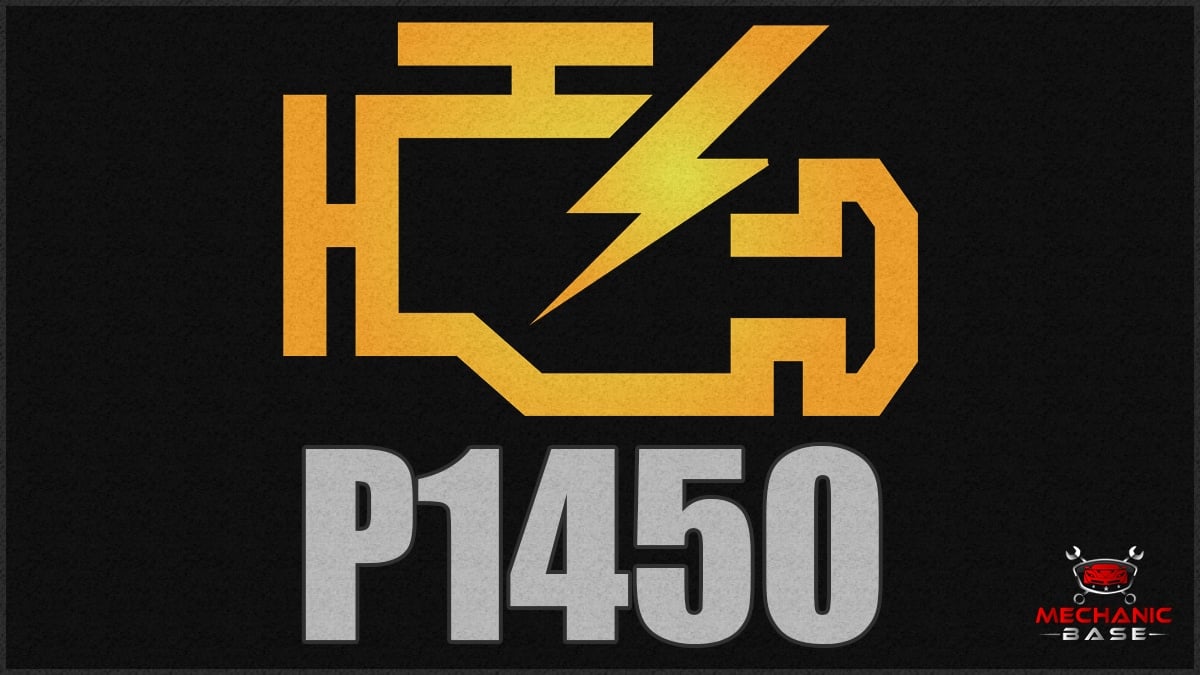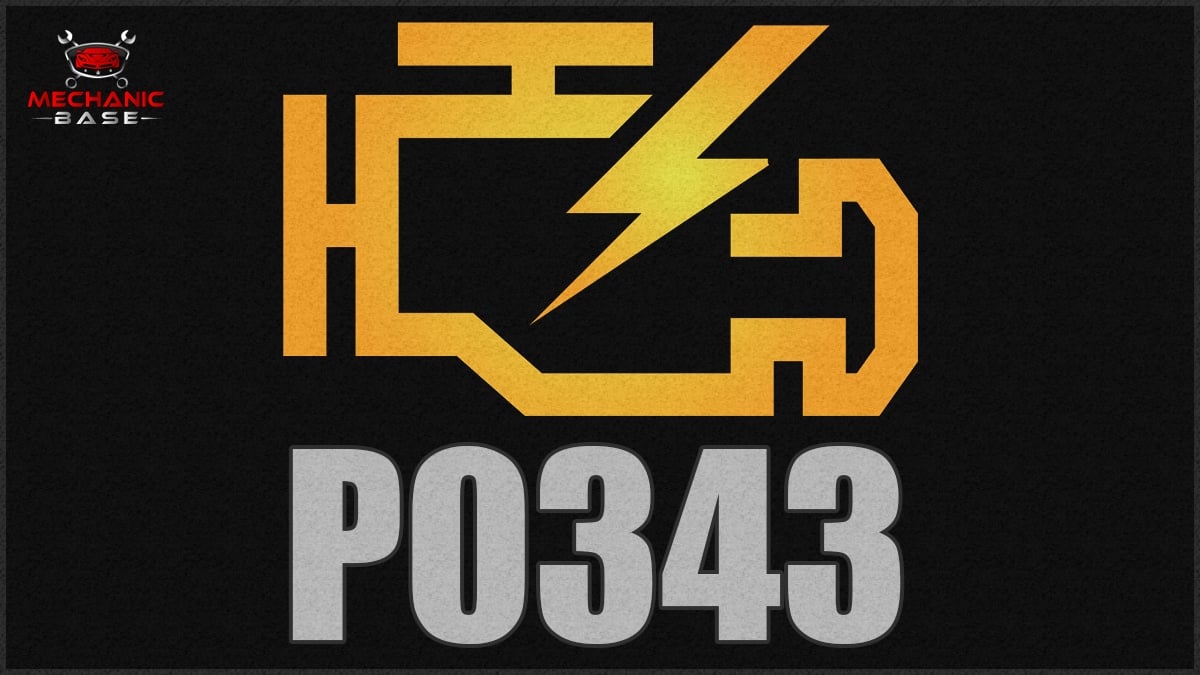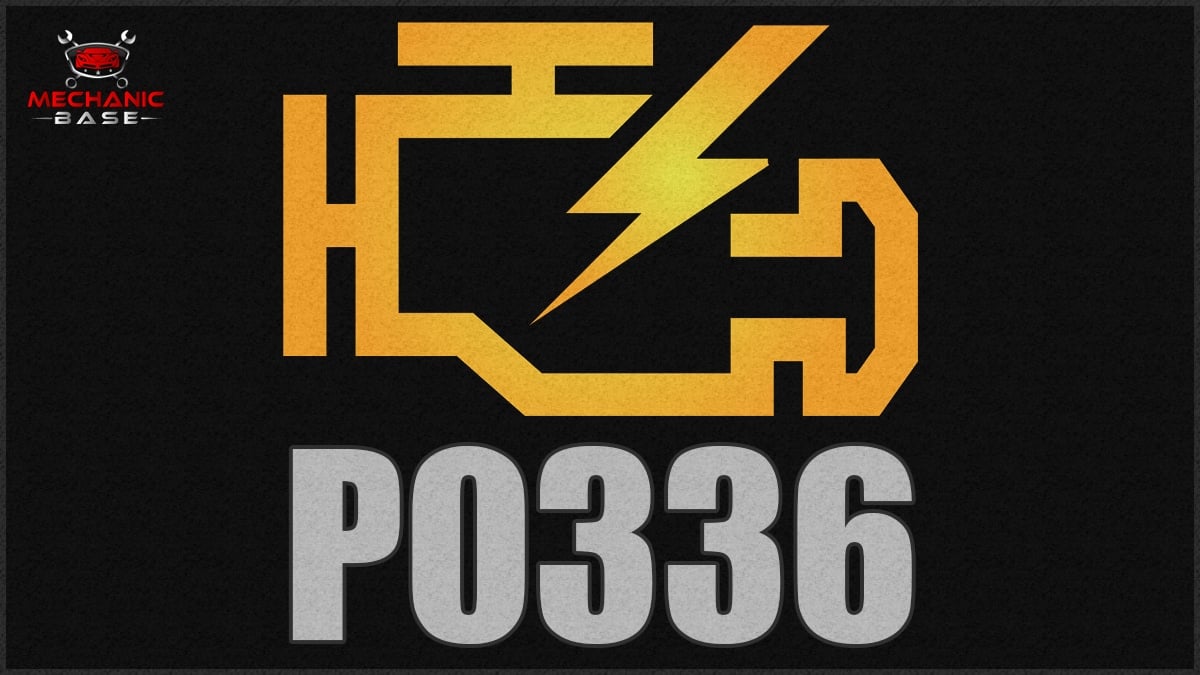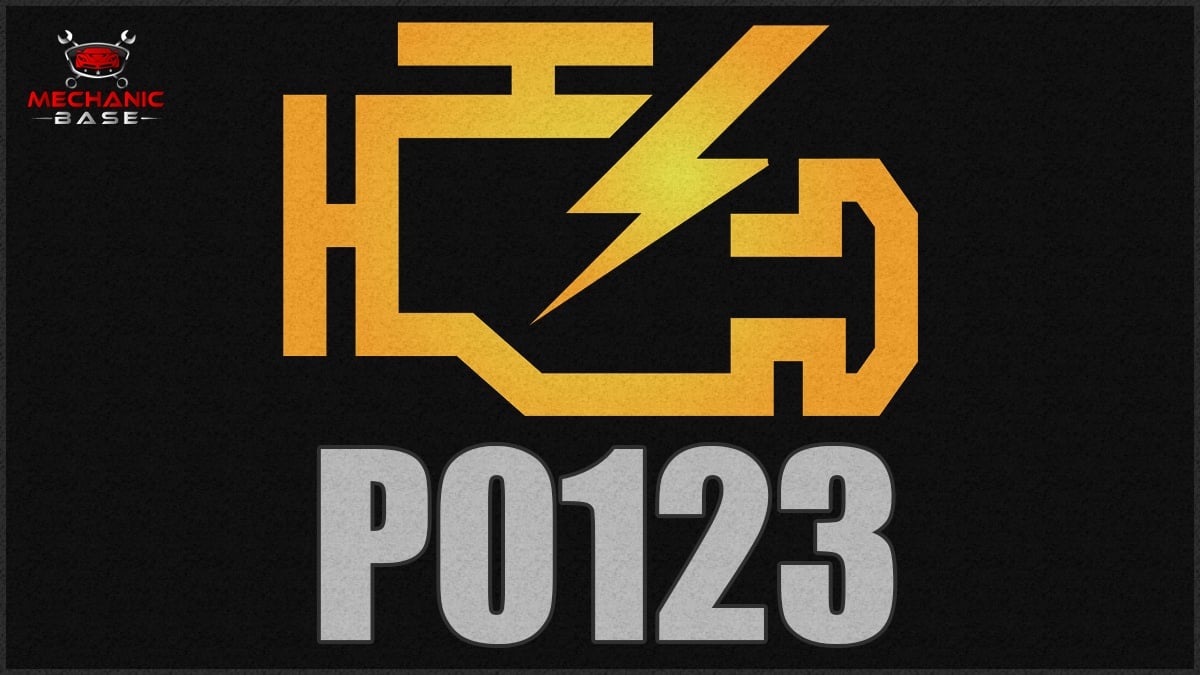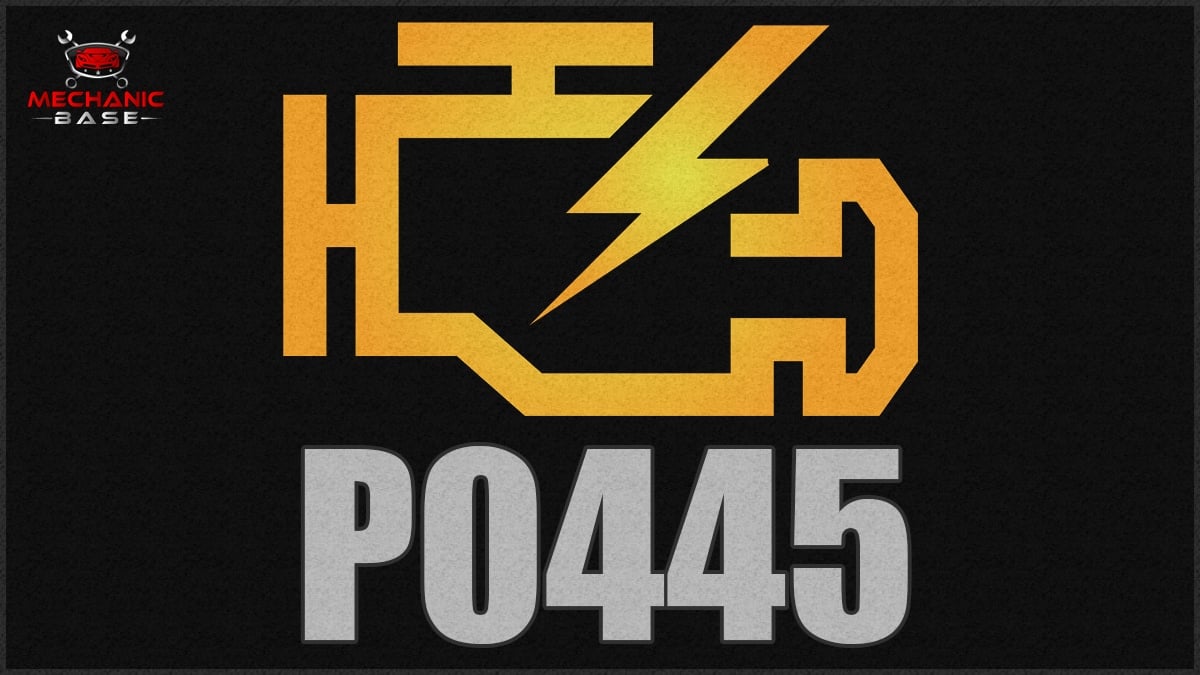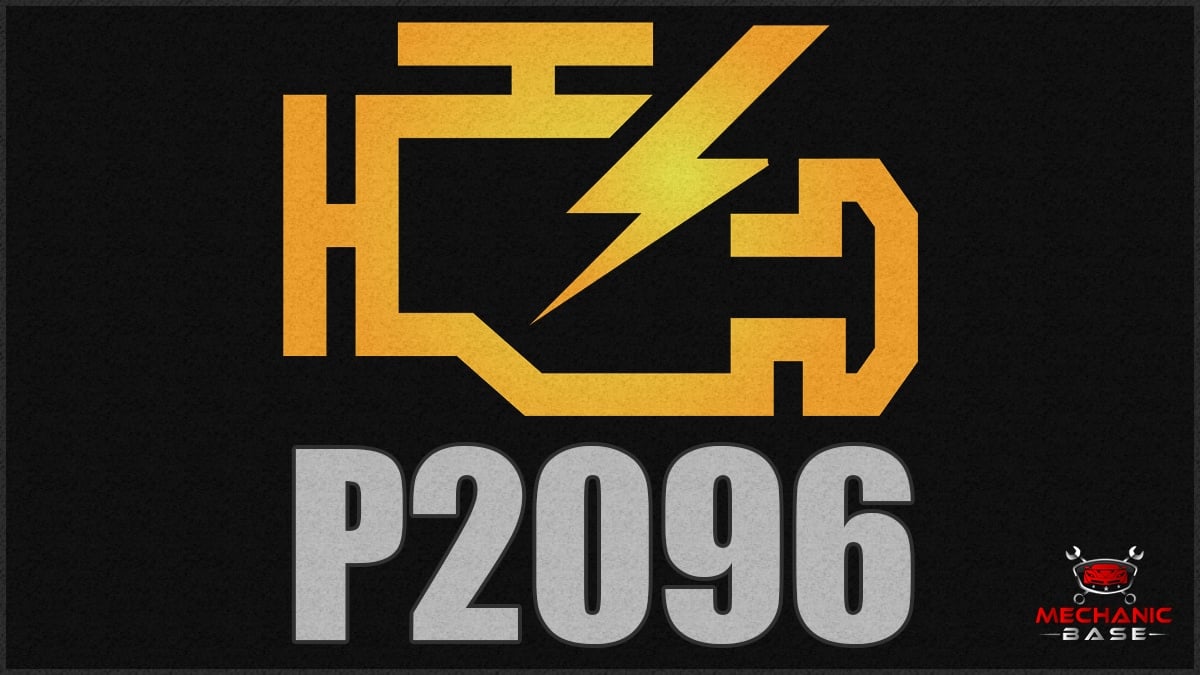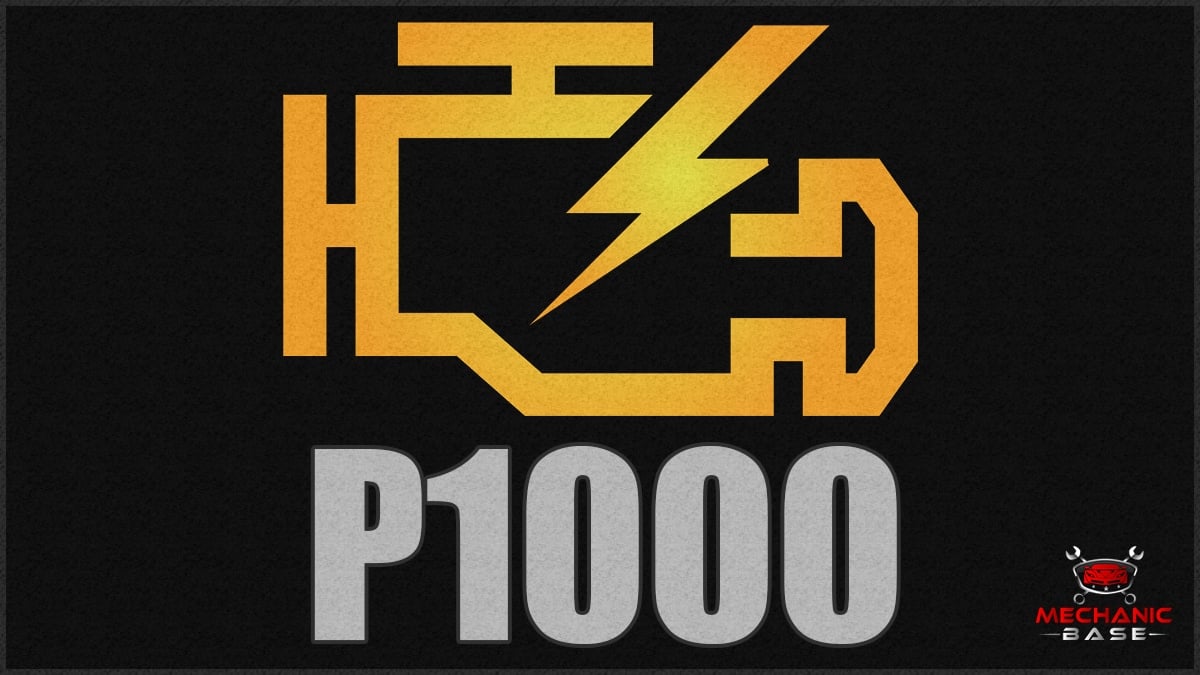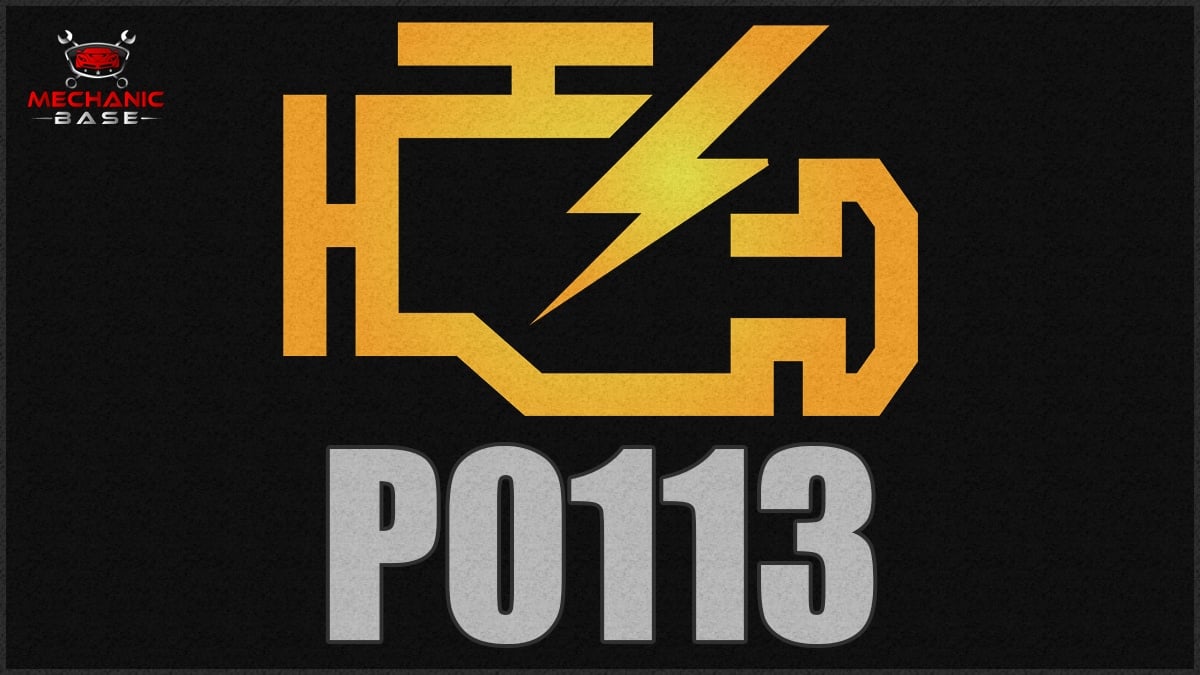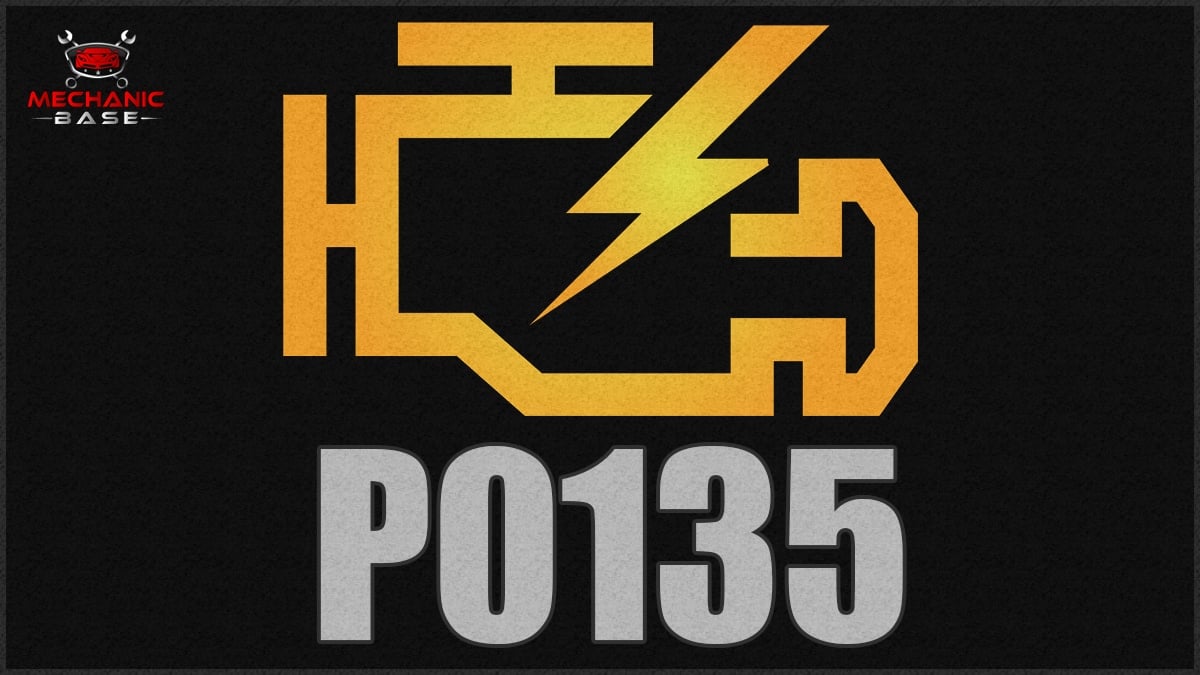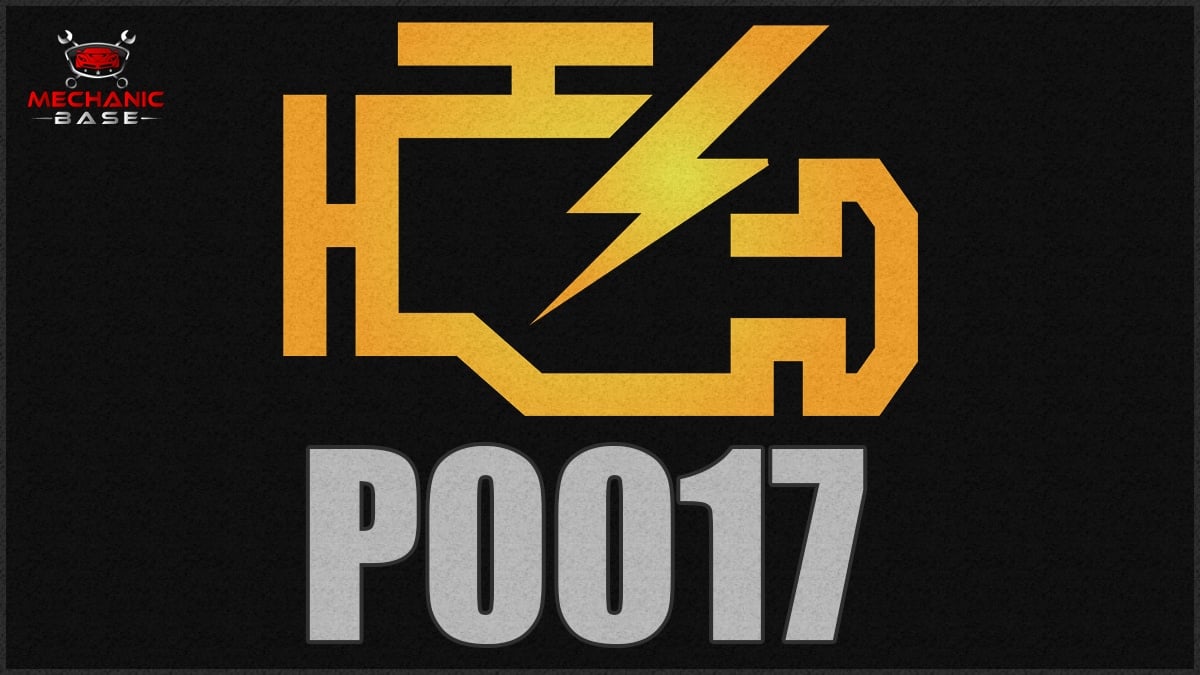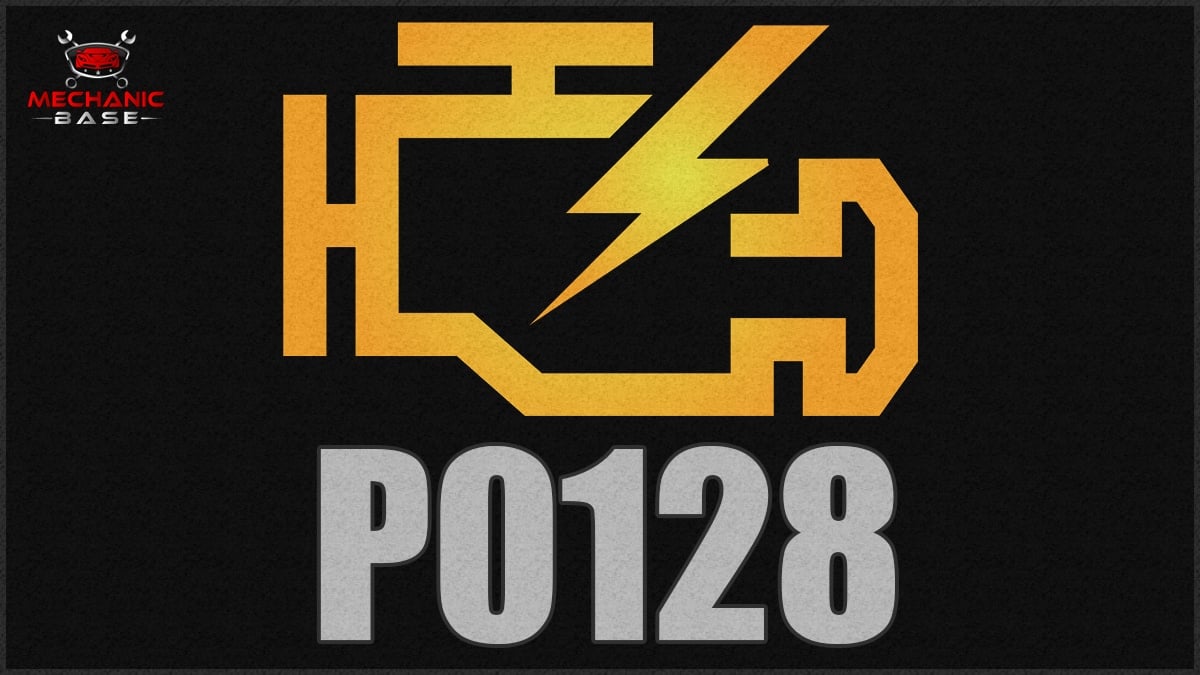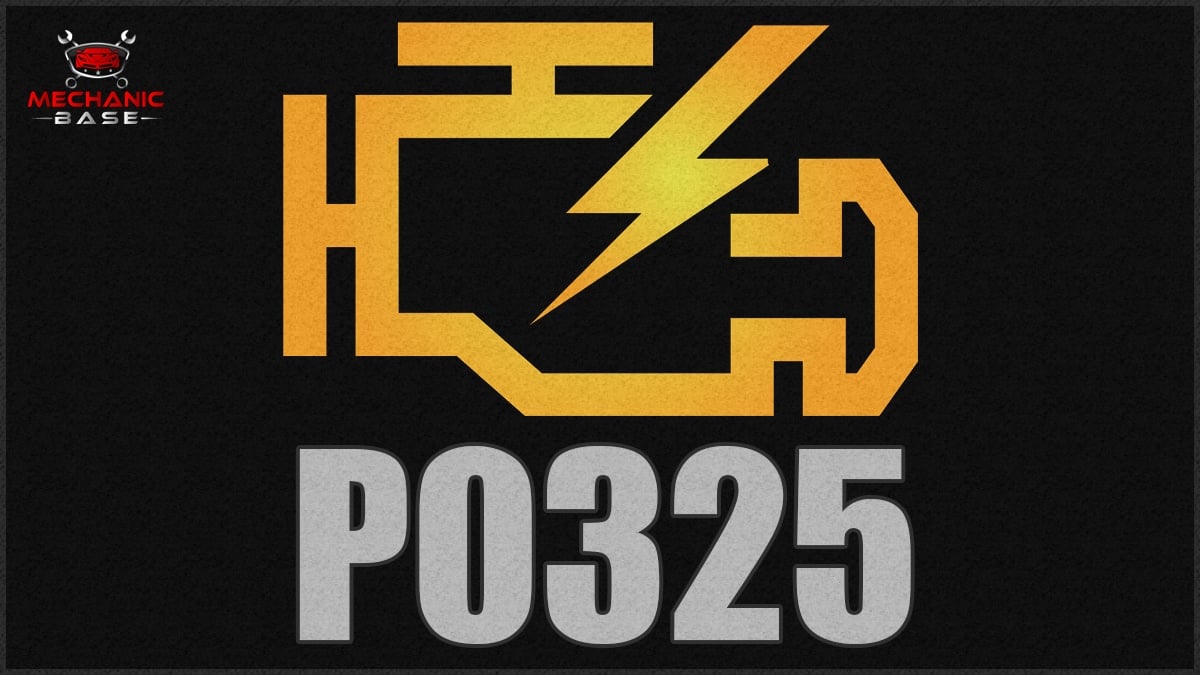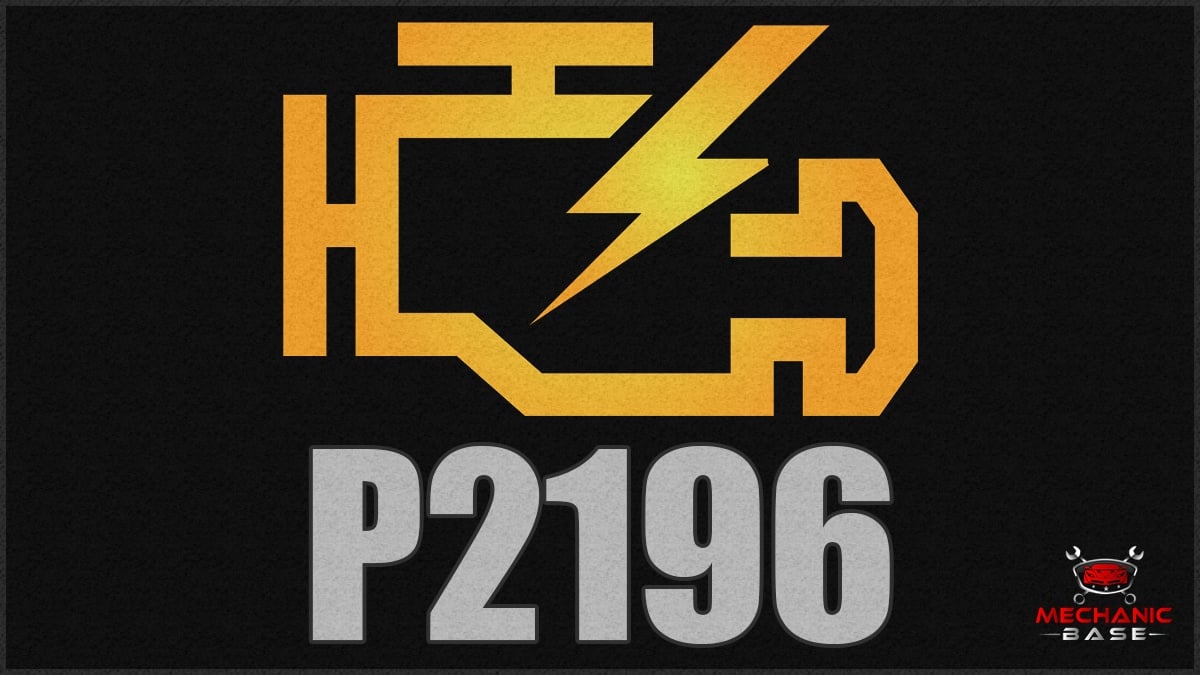The P0449 code is one that may not be an immediate issue but should still be dealt with in a timely manner. This diagnostic trouble code (DTC) can be a simple fix or one that’s more complicated, but you won’t know unless you dig deeper.
In this guide, we cover the meaning and most common causes of the P0449 trouble code. We look at how to diagnose the problem, how to fix it and discuss some costs you may incur.
Code P0449 Definition
P0449 – Evaporative Emission System Vent Valve/Solenoid Circuit
What Does the P0449 Code Mean?
This trouble code indicates that the evaporative control (EVAP) system vent valve solenoid isn’t working as it should. Sometimes the problem is the vent itself, but it can also be caused by electrical resistance or another mechanical malfunction.
The evaporative control (EVAP) system is meant to capture the fuel vapors coming from the fuel system and recirculate it appropriately so it doesn’t end up in the atmosphere. The EVAP system stores and purges the fuel vapors to use for combustion. In the carbon canister, there is a vent valve that allows fresh air to displace the fuel vapors as they are purged.
The standard EVAP system has many components working together to purge hydrocarbons. The fuel tank, gas cap, fuel tank pressure sensor and EVAP canister all work with a series of valves and tubes to ensure the harmful fumes are expelled properly.
What Are The Symptoms Of P0449?
Aside from the Check Engine Light coming on, the P0449 code rarely produces any other symptoms. It’s one of the trouble codes that doesn’t interfere with normal driving in most cases. However, here are a couple of the symptoms that are possible.
- Check Engine Light
- Faint fuel odor from the release of vapors
What Are The Causes of P0449?
The P0449 code is, in most cases, caused by a faulty EVAP vent valve or the wirings to it. However, depending on the car model, it could also be caused by other issues related to the EVAP system.
The causes of the P0449 trouble code range from simple to more complex. For this reason, it’s important to follow the diagnostic steps we provide later in the article. Here are some problems you may be facing.
- Defective evaporative vent valve solenoid
- Faulty wirings to the EVAP vent valve solenoid
- Damaged fuel tank filler neck
- Torn or damaged evaporative system hose
- Missing or damaged fuel cap
- Failing fuel tank sending unit gasket or seal
- Bad carbon canister
- Damaged fuel tank
How Serious is the P0449 Code?
Low – The P0449 code isn’t going to cause any drivability concerns. You should still be able to drive and get where you need to go without even noticing that something is wrong. However, there are several reasons why it’s still important to fix this fault quickly.
- Car may fail emissions testing
- Fuel odor can bother passengers
- You won’t know if another fault occurs with the Check Engine Light on
- Hydrocarbons may be entering the atmosphere and causing damage
It’s best to repair the problem as soon as possible, even though it’s not serious. This way, you’ll know when the computer is alerting you to another problem with the Check Engine Light.
How Do I Fix the P0449 Code?
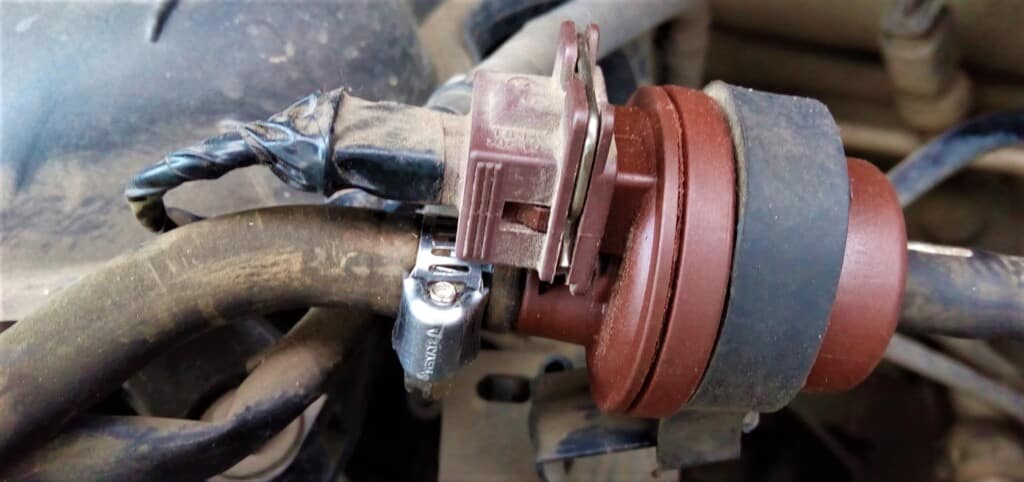
Once you know exactly what’s causing the P0449 code, you can fix the problem. Here are a few possible fixes you may decide to perform.
- Replace evaporative vent valve solenoid
- Repair wirings to the EVAP vent valve solenoid
- Replace fuel tank filler neck
- Replace fuel cap
- Replace the damaged evaporative system hose
- Replace the fuel tank sending unit gasket or seal
- Replace carbon canister
- Replace fuel tank
Don’t replace parts unless you are convinced there is something wrong with it. A thorough diagnosis is the best prevention to replacing parts unnecessarily.
Common P0449 Diagnosis Mistakes
Most people jump right over the obvious issue with the P0449 DTC. It’s possible that there’s something wrong with the fuel cap, which is easy to fix.
Before you get too worked up about the problem, take a look at the fuel cap. If it is missing or damaged, replacing it is an easy and cheap fix that will solve all of your problems.
How to Diagnose the P0449 Trouble Code?
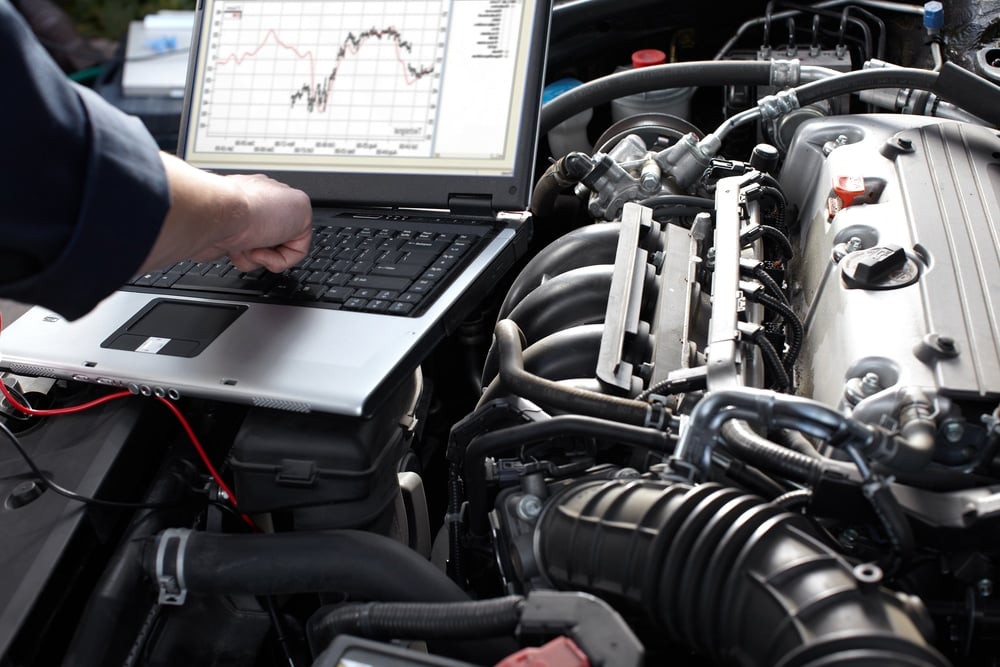
Do you have some basic mechanical skills? If so, you can probably figure out what’s wrong with your vehicle unless there’s something complicated going on. As professional mechanics, here are a few tips we have to offer you.
- Check the trouble codes. Scan the system with a code reader and get all of the codes. Putting these together can help you figure out what’s going on. For example, when the P0449 code is present with P0440, P0441 or P0456, it normally means that the solenoid has failed. Use our online trouble code library to figure more out.
- Use a compatible scanner to test the EVAP solenoid output. First, measure the wirings with a multimeter to ensure 12v+ and ground are sent out to the solenoid. If it does, you need to ensure that the solenoid is opening and closing when operating it with your scanner.
- Inspect the gas cap. If it is loose or damaged, you should replace it with a new one.
- Run through an EVAP system leak check. Pinch the vent tube to the EVAP vent control valve. Pressurize the system with a smoke machine. If you see smoke coming out of the seals or hoses, it’s time to replace them.
If you run through these three steps and haven’t found anything wrong, it’s time to reach out to a mechanic. Try to find one with certifications and a good track record with customers. In today’s day and age, you can read online reviews about any mechanic you want to hire.
How Much Does It Cost To Fix Code P0449?
The cost of repair depends on what type of vehicle you have and where you take it to be repaired. While these are some of the average costs you would spend for parts and labor, you could save a lot of money repairing it yourself.
- Replace evaporative vent valve solenoid – $125 to $350
- Replace fuel tank filler neck – $250 to $440
- Replace damaged evaporative system hose – $50 to $350
- Replace fuel cap – $5 to $25
- Replace fuel tank sending unit gasket or seal – $150 to $650
- Replace carbon canister – $100 to $550
- Replace fuel tank – $1,200 to $1,600
While some of these jobs are simple to fix on your own, such as replacing a fuel cap, others will not be for the faint of heart. For example, if there’s a defect with your fuel tank, you’ll probably want to hire a professional.
A Mechanic’s Tips About The P0449 Code
If you have a high-end code scanner, you can accomplish much more during diagnostics. With advanced scanning ability, you can read the EVAP system better and get a clearer picture of what’s going on.
Run through some of the self-test procedures and operate the valves or solenoids to see what’s working. With these tools, you may not need to visit a local mechanic for further help.
Is code P0449 serious?
No, it just means that the fuel vapors aren’t being trapped and recirculated back into the engine the way that they should. It shouldn’t cause any driving issues, so you can continue to operate your car normally. You may fail an emissions test and the Check Engine Light isn’t going off until it’s repaired.
Can I drive with a P0449 code?
Yes, there shouldn’t be any issues with driving. You won’t notice any performance problems or suffer a drop in fuel economy. The only thing that may happen is that the car would fail an emissions test and the Check Engine Light will remain on until the problem is resolved.
Will a P0449 cause a misfire?
The P0449 trouble code shouldn’t lead to any running issues. If you are experiencing a misfire, you want to check the fuel system and ignition coils. If the problem is worse while accelerating, it would rule out a vacuum leak. However, fuel pressure issues, coils or the mass air flow sensor could be bad.
Where is the EVAP vent valve located?
Today’s cars normally have the EVAP vent valve under the vehicle, near the fuel tank or under the hood. One side may be connected to the charcoal canister, while the other side attaches to a vent hose with a filter screen. Because of its location, it’s subject to corrosion, moisture and debris build-up.
How do I know if my EVAP vent valve is bad?
Because there are no drivability issues with a bad EVAP vent valve, you have to rely on the trouble codes. If the system shows a P0449 DTC and there are no other issues, such as a damaged fuel cap, a broken hose or a leak, it’s possible that the EVAP vent valve needs to be replaced.
Your car is made up of delicate systems that support everyday travel. While you may not understand the EVAP system, it needs to work as intended to ensure everyone’s protection. If the P0449 code has set, you want to figure out what’s causing the fault in the EVAP system.
Run through the tests that we’ve outlined and replace any defective parts. If you can’t seem to figure out what’s going wrong, it’s okay to ask for help from a local mechanic. By getting that Check Engine Light turned off, you can be sure there’s nothing else wrong with your car.
Categories: OBD Codes
